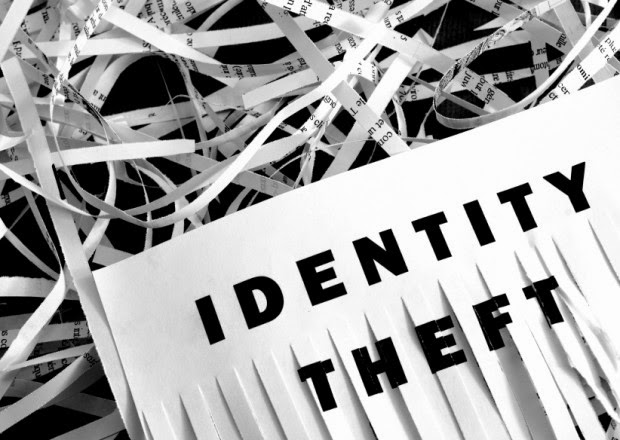When It Pays to Make a Balance Transfer
In a perfect world,
you’d pay your credit card bill in full each month. But, life happens — your
basement floods, your daughter needs braces, your refrigerator dies — and
before you know it, you’ve got a balance that you can’t pay off. Fast forward
several years later, and you’re still carrying a revolving balance.
As a result, those
balance transfer offers that show up in your mailbox each week sound
pretty enticing. But you’re wary because you’ve always heard that they are
simply a way for the card issuers to make even more money off of you. After
all, many cards charge a balance transfer fee around 3 percent. (This means that it’ll cost you $150 to
transfer a balance of $5,000.)
But transferring a
balance can get you out of debt. And not only can it get you out of the red
quicker, but it can do so for less money, too. Here, three scenarios when it
pays to make a balance transfer:
If you have good credit
When your credit is
strong, card issuers are going to throw their best offers your way. So if you
have a good credit score, it’s likely that you’re going to have your pick of 0%
APR balance transfer offers to choose from. Transfer your balance to one
of these cards and take advantage of the promo period, which typically offer 12
to 18 months to pay off your balance interest free. Remember though, the
goal is to pay off the debt and save on interest while doing so, so
you’ll want to avoid charging anything on the old card after you clear the
balance with a balance transfer.
If you have an extremely high interest rate
Are you paying 20
percent or more in interest on your plastic? If so, you have to ditch it
ASAP. With that high of an interest rate so much of your payment is going
towards interest that it can feel next to impossible to pay off your balance.
Transfer your balance to a card with a 0% APR introductory period
(or one with a low teaser rate) and work to pay off the balance within the
promo period. If you can’t completely ditch your balance during that time,
transferring it can still make sense — provided that the regular interest rate
is lower than what you’re currently paying. To avoid any surprises, be
sure to read the fine print before you apply and make sure you know what
the interest will revert to after the promotional period ends. Remember to keep it open and use it now and then to keep the monthly reporting on your credit file to keep your "A" rating. It is an odd fact lately, that the credit monitoring websites are stating that the number of credit and loan accounts on your credit report is graded as well. They are stating that whether open or closed, 22 accounts will get you an "A" rating with the new FICO scoring system. Every account, good or bad, stays on your credit report for 7 years, so 22 accounts showing on your report is not impossible.
If you’re carrying a balance on several cards
It goes without saying
that keeping track of the due dates of several credit cards can get confusing.
And if you’re not diligent, you can easily miss one of them, leaving you on the
hook for a costly late fee. Make your life easier by consolidating all of your
balances on one card — with only one interest rate and due date to remember.
And if you do tend to carry a balance on your cards from month-to-month, use
the promotional period to focus on paying it off.
A balance transfer
credit card can be a great way to pay off credit card debt and save on
finance charges. The goal is to save on the interest and get out of credit card
debt altogether. Once you have paid off your balances, focus on only
charging what you can comfortably afford to pay off — in full — at the end of
each month when your credit card bill arrives. By doing so, you’ll never
have to worry about credit card debt and you’ll never pay a dime in interest.
If you're ready to obtain higher credit limit cards with balance transfer options, please visit: www.FreeDebitCardStore.com







